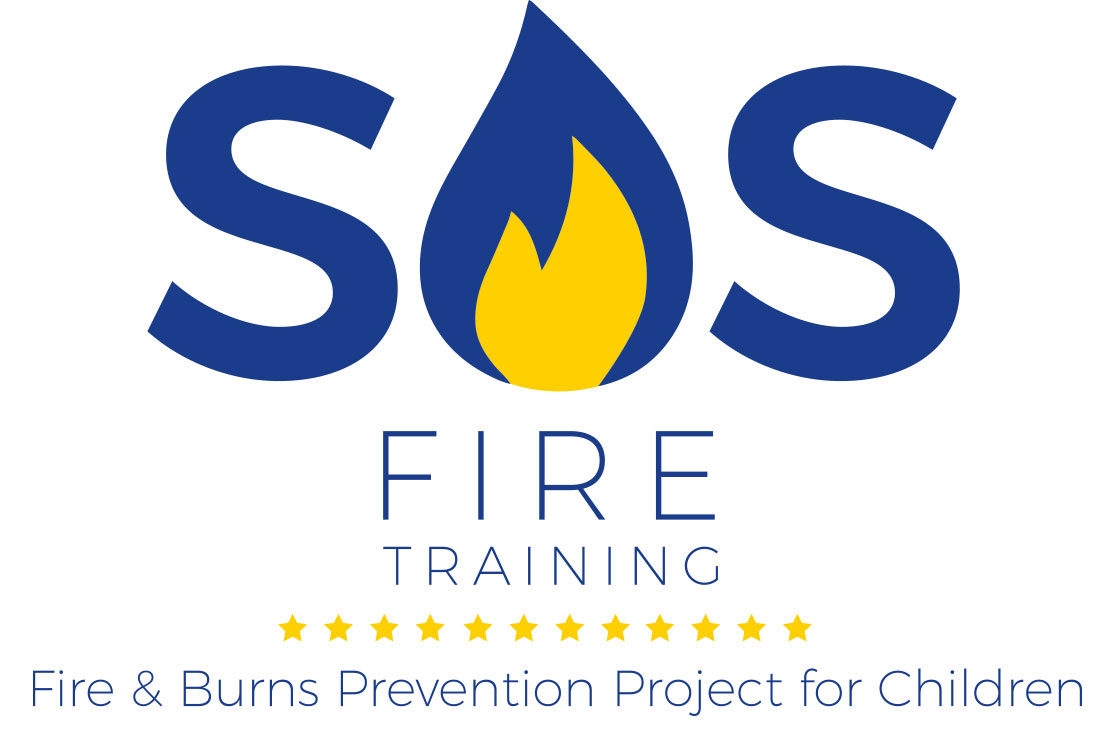In Europe, about 70.000 persons become severely injured (needing hospitalization) because of fire. Worldwide it is found that 30% of the injuries and fatalities concern children and 40% persons younger than 21 years; over 50% of the fire victims is reduced to poverty.
The shocking deaths of at least 80 people inside Grenfell Tower, a council housing block located in one of London’s wealthiest boroughs, brought into sharp focus what a small but growing number of studies have identified over the years: the link between rates of fire and various aspects of poverty and social deprivation.
One UK-based study of child injuries, for example, found that children whose parents were long-term unemployed were a staggering 26 times more likely to die of fire-related injuries than children whose parents were in higher managerial and professional occupations.
Another UK study, commissioned by the government, revealed clear links between rates of fire and deprivation – as well as people who were living alone, and those who had never worked. Similar patterns have been found in Australia, while in the American east-coast city of Philadelphia, the poorest grouping of residents were found to be 3,2 times more likely to have at least one child fire death in a year.
In Romania for example: between October 1, 2012, and September 30, 2017, over 31.100 fires occurred. The main causes of emergencies are bad or uncleaned chimneys (35%), faulty or improvised electrical installations (22,5%) and faulty, improvised or unattended heating (12.5%). An annual average of 6.200 house fires resulted in about 350 people being injured and another 190 have lost their lives. Fire is the 4th cause of death among children younger than 14 years.
The same trend can be seen in other deprived regions in Europe. In our search for partners to work on prevention, the project promoters took this relation as a base for their partner search. Poverty rates are still high in some regions of Europe, including in the partners’ countries: Belgium, Romania, Bulgaria and Portugal.
SOS Fire! addresses two categories of needs:
- Children are a vulnerable group when it comes to damages caused by fire: Burns are a global public health problem as it is recognised by the World Health Organisation – WHO. Burns result in disfigurement and disability, often with resulting stigma and rejection. Burns occur mainly in the home (a ‘secured’ environment for most children) and are however preventable. As the WHO explains, along with adult women, children are particularly vulnerable to burns. Burns are the 11th leading cause of death in children aged 1-9 years and are also the 5th most common cause of non-fatal childhood injuries. WHO also claims for better implementation and development of prevention strategies which include education for vulnerable populations and training of communities.
- The need for the schools’ education systems in the partner countries to modernise and to introduce courses and techniques which are more natural to non-formal and informal learning environments and to empower and support the role of the teacher.
